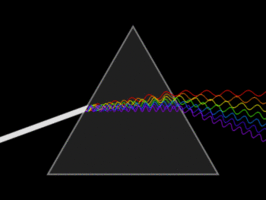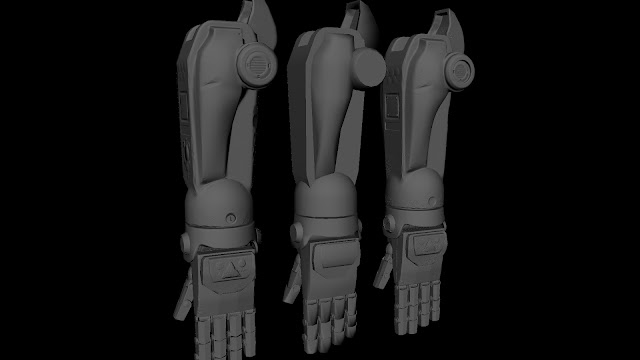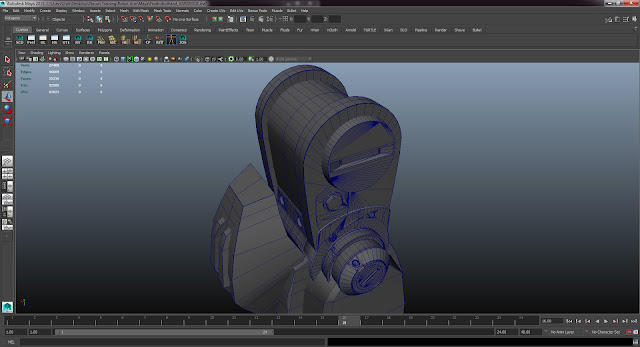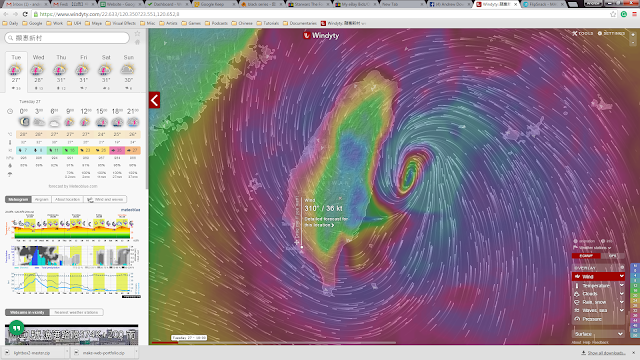Traditional Ride Films
Some time go we started to do is invest time into researching and making ride films. I think this is an excellent time to revisit this and think about the application for VR ride film. This was a welcome departure from traditional filmography and gave us the opportunity to work with some new technology and new clients. http://redraion.com/why-ride-films-are-better-than-attraction-films/ The above website has some interesting points to make about attraction films and ride films. I've copied the relevant parts but I'd say it's also work checking out the link for further reading. Immersive films are not created equally. You can find 5D movies of all kinds: funny, dynamic, entertaining, but also poetic, imaginative, moving. Each 5D film has features and characteristics that make it different from the others. 5D films divide into two groups: ride films and attraction films. What’s the difference? How to understand which genre a movie belongs to? And - most importantly - what gen





